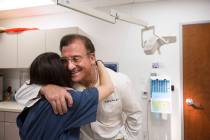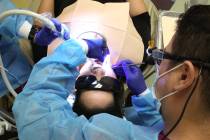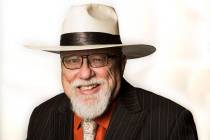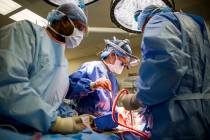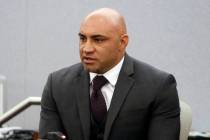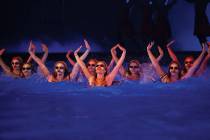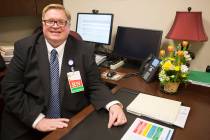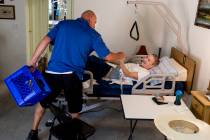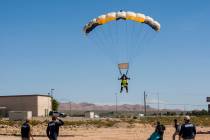Sometimes acupuncture works, sometimes it doesn’t
Aches and pains.
They’re a fact of life for most of us born between 1946 and 1964, the baby boomer generation.
To get rid of them, we use pain pills. Muscle relaxants. Anti-inflammatories.
The medicine cabinet becomes full of partially used prescriptions that doctors have written for us.
Sometimes the pills work. Sometimes they don’t.
Often when they don’t, doctors prescribe physical therapy.
Sometimes stretches or exercises a physical therapist prescribes work.
Sometimes they don’t.
What do many of us do when the pills and the stretches and the exercises don’t work?
We turn to complementary and alternative medicine techniques that include chiropractic medicine, energy therapies, reiki, magnetic field therapy, herbal medicine, therapeutic touch and acupuncture — generally practices for which scientific evidence is lacking and often not covered by insurance.
A study done at Ohio State University found that nearly three out of every four adults older than 50 use some kind of alternative medicine.
When Mary Vovsi turned to acupuncture, she was in her mid-60s and suffering from sciatica, pain radiating from her back and down one leg.
Doctors say often pain is caused by compression of a spinal nerve root in the lower back, owing to degeneration of a disk.
“It was terrible,” she says. “Regular doctors didn’t help me.”
After one acupuncture session, most of her sciatic pain was gone. After another session, it was all gone.
According to acupuncturists, sciatica is the most common disorder seen in an acupuncture clinic. They say it’s a form of nerve inflammation and getting rid of inflammation is what the practice does best.
Practiced for millenia in China, acupuncture is said to treat medical conditions by inserting metal needles into the skin at specific body points. Well-placed needles, some scientists says, can release endorphins and enkephalins, thereby reducing pain.
Some researchers have also found acupuncture induces production of cortisol, a hormone reducing inflammation.
Scientic studies on the efficacy of acupuncture continue to be debated, despite the fact the Veterans Administration now uses it as a pain treatment for combat veterans.
Dr. Steven Salzberg, of the prestigious Johns Hopkins School of Medicine, says there’s no more scientific evidence supporting acupunture than there is for the tooth fairy.
Acupuncture didn’t work on my sciatica. It did on Mary Vovsi’s.
Sometimes it works. Sometimes it doesn’t.
Paul Harasim’s column runs Sunday, Tuesday and Friday in the Nevada section and Thursday in the Life section. Contact him at pharasim@reviewjournal.








